It’s tasting season in the Canadian wine world. By the middle of October the grape harvest is pretty much over in the Northern Hemisphere, and it’s quiet enough in the Southern Hemisphere to let winemakers travel. It’s also just far enough ahead of the holiday season for restaurant buyers to shore up their extra orders and wine writers to start to think about what to include in their gift guides.
The tasting season is also a run-up to the holiday seasons, at least for wine writers, because it’s social. Wine-stained hacks lead mostly solitary lives, so it’s nice to rub elbows with colleagues at different events. And, of course, reacquaint oneself with wines one hadn’t tasted for a while, as well as meet new people and products.
In the second quarter of the 21st century, a wine tasting event can mean all kinds of things. In search of a definition, I posit that the common denominators of all tasting events are physically tasting wine (obviously) and the ability of the taster to ask questions about the wine from someone with knowledge and authority about it. Here are four examples of some of the tastings I have attended in and around Toronto lately.
Actually, the first tasting of the season was only one-third in Toronto. It was also in Vancouver and a castle just outside the Northeastern Italian town of Treviso. It was a throwback to the virtual tastings of 2020-21 when the wine trade, like everyone else, learned how to use Zoom. Neil McLennan (Vancouver and Western Living magazines) and I joined Giorgia Faccin and Noemi Bidoia, export and hospitality managers, respectively, for Tenute Tomasella. We tasted through four wines, which had been sent the week before.
Faccin explained the purpose of the small virtual tasting was to gauge our opinion of her family’s wines’ suitability for the Canadian market. Neil and I replied that we might not be the best focus group because we already really liked the wines of the Veneto and Friuli, where the Tomasella estate literally straddles the border between the two regions. And we were right: they showed very well, particularly the 2024 Tomasella Friulano Friuli DOC, which will come into Ontario at some point in 2026.
The Tomasella tasting was literally at my home, but two other (real-life) tastings I’ve been to lately were figuratively at home. I was very curious to attend the “First Pour” media and trade preview of Niagara’s newest premium winery, Stone Eagle. This is the second winery project of the Marotta family, best known for the Two Sisters winery in Niagara-on-the-Lake.
A few kilometres from the original winery, the sisters, Melissa Marotta-Paolicello and Angela Marotta, took us through a tour of their no-expense-spared new winery facility, tasting restaurant, and event space. Winemaker Adam Pearce guided us through a tasting of Stone Angel wines, which are considered the top end of the family’s line. If we hadn’t been romanced enough, then the lunch by regional top chef Jeff Crump, in a dining room overlooking just about to be harvested Cabernet Franc vines, did it.
It was a good day, and I thought about it the next week when I arrived at a smaller trade tasting at a private Toronto wine club for another “home team winery”: B.C.’s Burrowing Owl. Like the Marrota family, the Wyse family that owns Burrowing Owl, focuses on premium wines that they sell directly to consumers or through restaurant sales, including their own on-site hospitality venues. The top-end wines, from the Southern Okanagan Valley, showed very well, partly because it’s still something of a rarity to find them in Eastern Canada.
Burrowing Owl’s brand ambassador, Stephen Neumann, told me it was a coincidence that the winery’s latest push to build its market base in Ontario is happening at the same time as the province’s retail ban on California wines. But he said it might be making a difference. When a Toronto restaurant manager was debating whether to buy an extra case of the $75 a bottle 2022 Burrowing Owl Cabernet Sauvignon, he was persuaded when his colleague said, “Come on, man: elbows-up!”
Wine tasting season is a chance to repay, in a very small way, some of the hospitality that I have been shown when I have traveled abroad to other regions. Though it’s a strange way to repay by tasting their wines again, I try at least to make visiting winemakers feel welcome. I had the chance twice this season when a delegation from Chile came to town following a visit I had made there in January.
The Wines of Chile tasting was a classic Monday afternoon trade show, with tasting tables arranged around a downtown hotel ballroom. The twist in this year’s show was that it was co-hosted by Pisco Chile, who offered a master class on the spirit made from wine. Despite a daily pisco sour habit I acquired when I was there, I didn’t know much about it, and signed up for a seminar tasting eight of them in a sequestered room off of the main show.
What I learned was that the taste of Chilean Pisco varies greatly according to the grapes used to make the wine that is distilled into the spirit, as well as where it specifically comes from. It was one of the clearest demonstrations of “terroir” affecting the taste of a strong drink that I have experienced. It’s sparked an interest… stay tuned.

After the seminar tasting, Claudio Escobar, the manager of the Pisco Producers Association, explained that Canada is a priority market for Pisco exports and second only to the U.S. for foreign sales. I could see how the Pisco Canadian strategy dovetailed with that of the Wines of Chile, which has earmarked Canada as its fastest-growing market. Because the Canadian wine trade is literally provincial, it’s easy to forget that, put together, we are one of the world’s most important markets.
One Chilean winemaker I found at the show, who certainly considers Canada an important export market, was ex-pat Derek Mossman Knapp. He runs the acclaimed boutique Garage Wine Co. with his wife and winemaking partner, Pilar Miranda. Mossman wasn’t an exhibitor but happened to be in his old hometown and came to lend support and check it out.
This surprise meeting was kind of a full circle: I first met the winemaking couple in January their backyard in a leafy neighbourhood in Santiago. I had tagged along for an after-dinner tasting with some Canadian colleagues who had actually been invited. Not only was I shown generous hospitality, but we tasted through a line-up of mind-blowing Garage wines from small parcels of old vines, which he and Pilar are famous for.
The bigger producers at the show have been paying attention to Garage’s high scores and international recognition, and I found him at a table pouring old vine reds made from Païs, Cinsault, and Carignan from the Crazy Rows label from Bisquertt. I’m not sure who was welcoming whom, but I was glad for another bit of guidance. Sometimes, there’s no place like home.
How is the Canadian wine market evolving, and what role do these tastings play?
What economic factors might be influencing the demand for specific wines in Canada?
How does 'terroir' manifest in wine and spirits, as highlighted by the Chilean Pisco tasting?
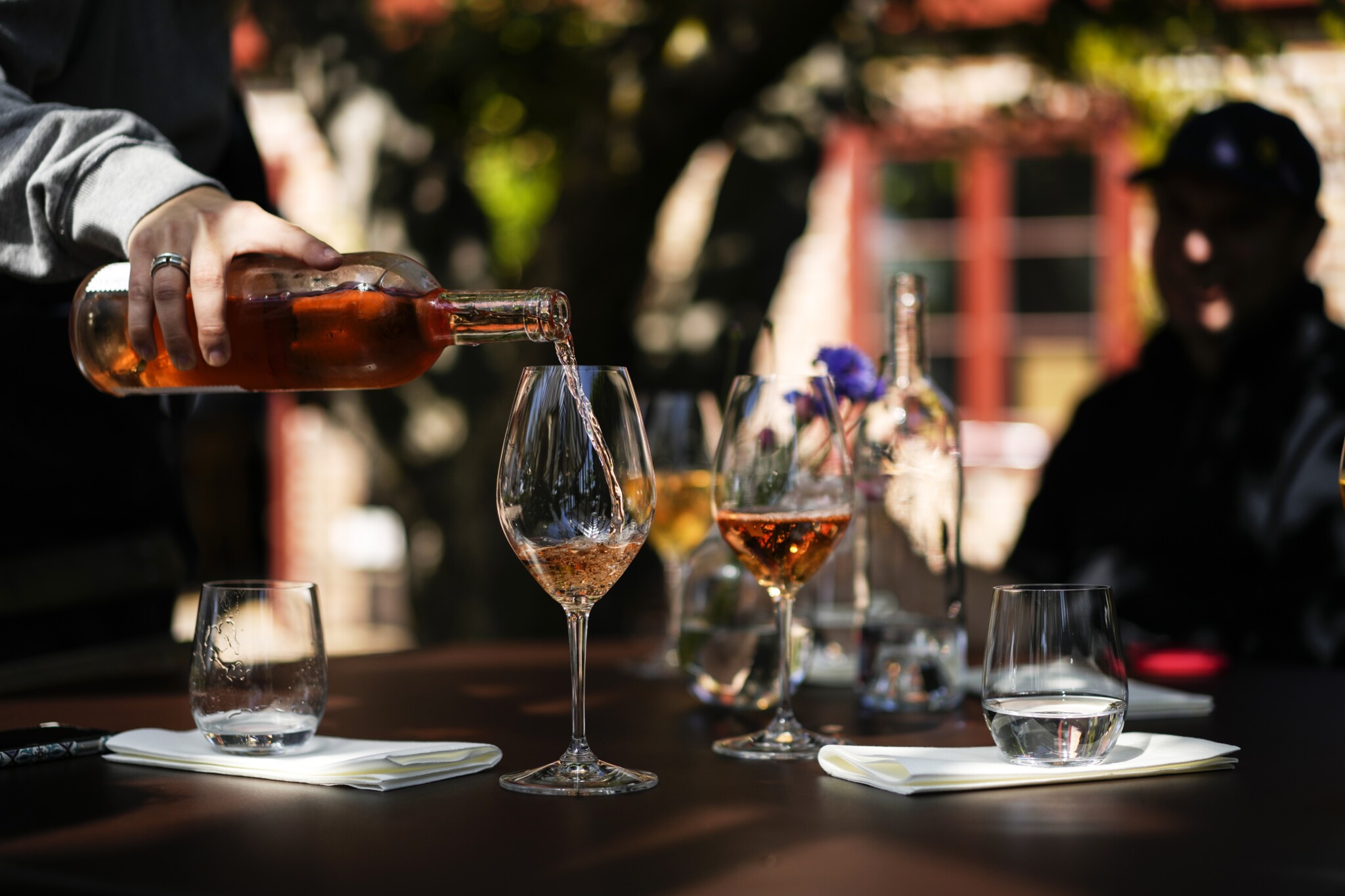



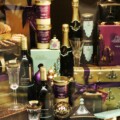


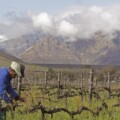
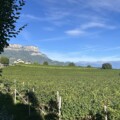
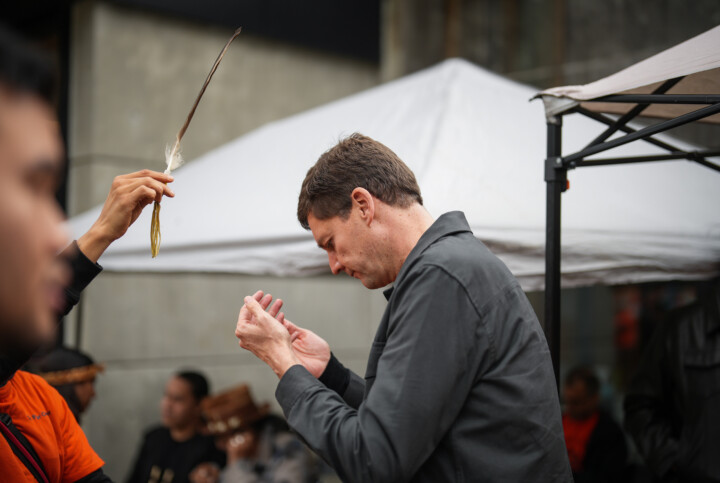

Comments (0)